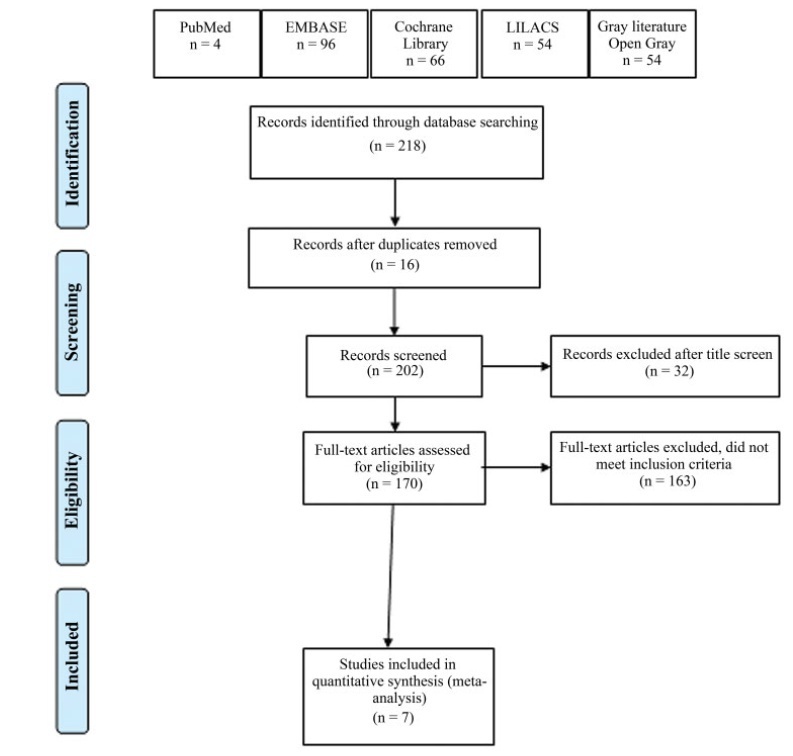Summary
Revista Brasileira de Ginecologia e Obstetrícia. 2022;44(7):701-709
To analyze the influence of selenium in female fertility.
Selenium supplementation is promising in women with this micronutrient deficiency to promote improvement of the reproductive efficiency and prevent damage to the pregnancy. Further studies on this theme are still required.
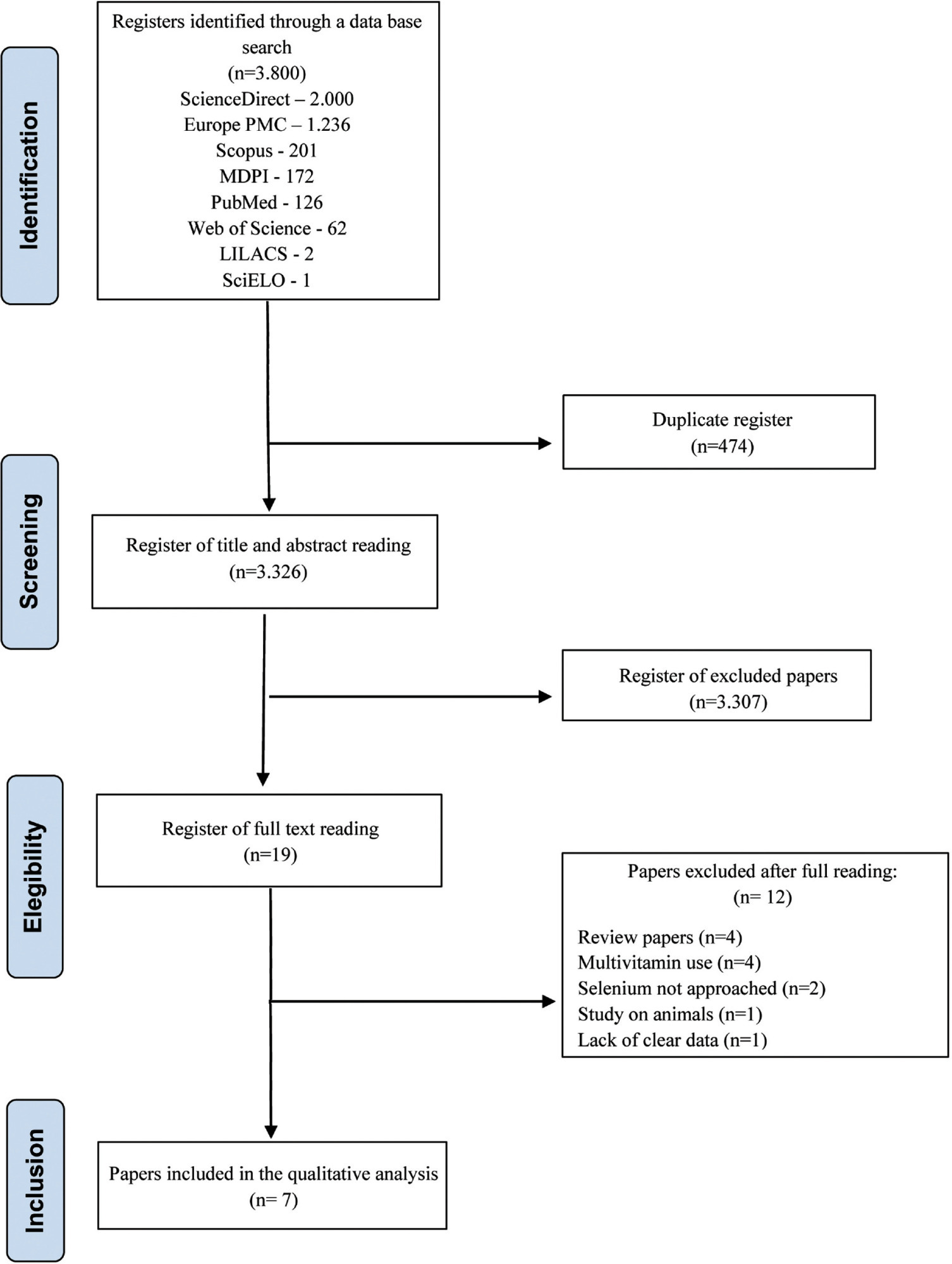
Summary
Revista Brasileira de Ginecologia e Obstetrícia. 2022;44(9):878-883
It is a challenge to consider preeclampsia (PE) diagnosis and management in low and middle-income settings, where it represents a major public health concern. The placenta is the underlying cause of disease, and the plasma concentrations of proangiogenic and antiangiogenic factors released by the placenta can reflect the risks of disease progression. Antiangiogenic proteins, such as soluble fms-like tyrosine kinase 1 (sFlt-1), and proangiogenic, like placental growth factors (PlGF), are directly and inversely correlated with the disease onset, respectively.
Narrative review on the use of biomarkers (sFlt-1 to PlGF ratio) with a suggested guidance protocol.
Key considerations on the use of biomarkers: the sFlt-1/PlGF ratio is mainly relevant to rule out PE between 20 and 36 6/7 weeks in cases of suspected PE; however, it should not replace the routine exams for the diagnosis of PE. The sFlt-1/PlGF ratio should not be performed after confirmed PE diagnosis (only in research settings). In women with suspected PE, sFlt-1/PlGF ratio < 38 can rule out the diagnosis of PE for 1 week (VPN = 99.3) and up to 4 weeks (VPN= 94.3); sFlt-1/PlGF ratio > 38 does not confirm the diagnosis of PE; however, it can assist clinical management. In cases of severe hypertension and/or symptoms (imminent eclampsia), hospitalization is imperative, regardless of the result of the sFlt-1/PlGF ratio.
The use of biomarkers can help support clinical decisions on the management of suspected PE cases, especially to rule out PE diagnosis, thus avoiding unnecessary interventions, especially hospitalizations and elective prematurity
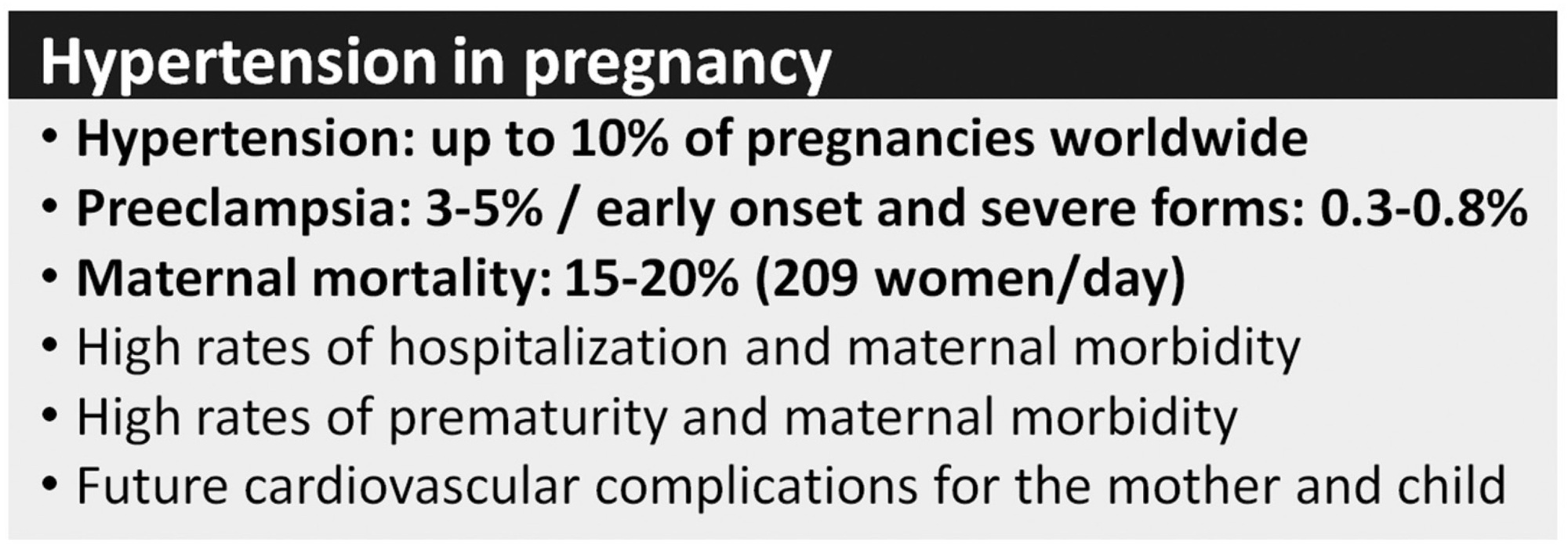
Summary
Revista Brasileira de Ginecologia e Obstetrícia. 2022;44(2):194-200
To analyze the existing scientific literature to find out if the coronavirus disease 2019 (COVID-19) pandemic has an effect on gynecological health.
We performed an integrative review of articles published between April 2020 and April 2021 on the PubMed, SciELO, and LILACS databases, using COVID-19 and the following relevant terms: Menstrual change; Ovarian function; Violence against women; Contraception; HPV; Mental health; and Urogynecology.
Among the eligible studies found, editorials and primary research articles, which describe the dynamics between severe acute respiratory syndrome coronavirus (SARS-CoV-2) infection (the cause of the COVID-19 pandemic) and gynecological health, were included.
Through qualitative synthesis, data were extracted from the included publications and from guidelines of national and international societies of gynecology.
The 34 publications included in the present study showed that some factors of the SARS-CoV-2 infection, and, consequently, the COVID-19 pandemic, might be associated with menstrual abnormalities, effects on contraception, alterations in steroid hormones, changes in urogynecological care, effects on women’s mental health, and negative impact on violence against women.
The COVID-19 pandemic has significantly impacted the health of women. The scientific community encourages the development of recommendations for specialized care for women and strategies to prevent and respond to violence during and after the COVID-19 pandemic.
Summary
Revista Brasileira de Ginecologia e Obstetrícia. 2022;44(2):187-193
To map health evidence on the effectiveness of transcutaneous nerve electrostimulation (TENS) therapy in pain relief during delivery.
This is a scoping review in the PubMed, LILACS, Cochrane, VHL, PEDRO, and SciELO databases, through the descriptors electric stimulation, transcutaneous and labor, obstetric and their synonyms.
A total of 263 studies were identified, of which 54 duplicates were excluded. After sorting by titles and abstracts, there were 24 articles for reading, remaining 6. The six studies evaluated the reduction of pain through the visual analogue scale (VAS).
The findings indicate that the use of TENS as a nonpharmacological strategy for pain relief in labor has positive results.
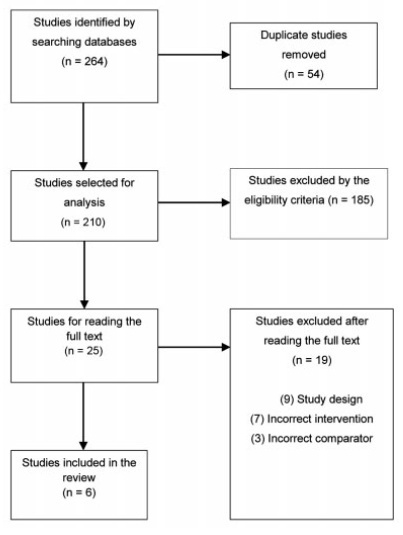
Summary
Revista Brasileira de Ginecologia e Obstetrícia. 2022;44(1):74-82
To compare the perinatal outcomes of fetuses with isolated congenital diaphragmatic hernia after fetal endoscopic tracheal occlusion (FETO) and antenatal expectant management.
In this rapid review, searches were conducted in the MEDLINE, PMC, EMBASE and CENTRAL databases between August 10th and September 4th, 2020. Randomized controlled trials (RCTs), quasi-RCTs or cluster-RCTs published in English in the past ten years were included.
We retrieved 203 publications; 180 studies were screened by abstract. Full-text selection was performed for eight studies, and 1 single center RCTmet the inclusion criteria (41 randomized women; 20 in the FETO group, and 21 in the control group).
Data collection was performed independently, by both authors, in two steps (title and abstract and full-text reading).
There were no cases of maternal mortality. The mean gestational age at delivery was of 35.6±2.4 weeks in the intervention group, and of 37.4±1.9 weeks among the controls (p<0.01). Survival until 6 months of age was reported in 50% of the intervention group, and in 5.8% of the controls (p<0.01; relative risk: 10.5; 95% confidence interval [95%CI]: 1.5-74.7). Severe postnatal pulmonary hypertension was found in 50% of the infants in the intervention group, and in 85.7% of controls (p=0.02; relative risk: 0.6; 95%CI: 0.4-0.9). An analysis of the study indicated some concerns of risk of bias. The quality of evidence was considered moderate to low.
Current evidence is limited but suggests that FETO may be an effective intervention to improve perinatal outcomes.
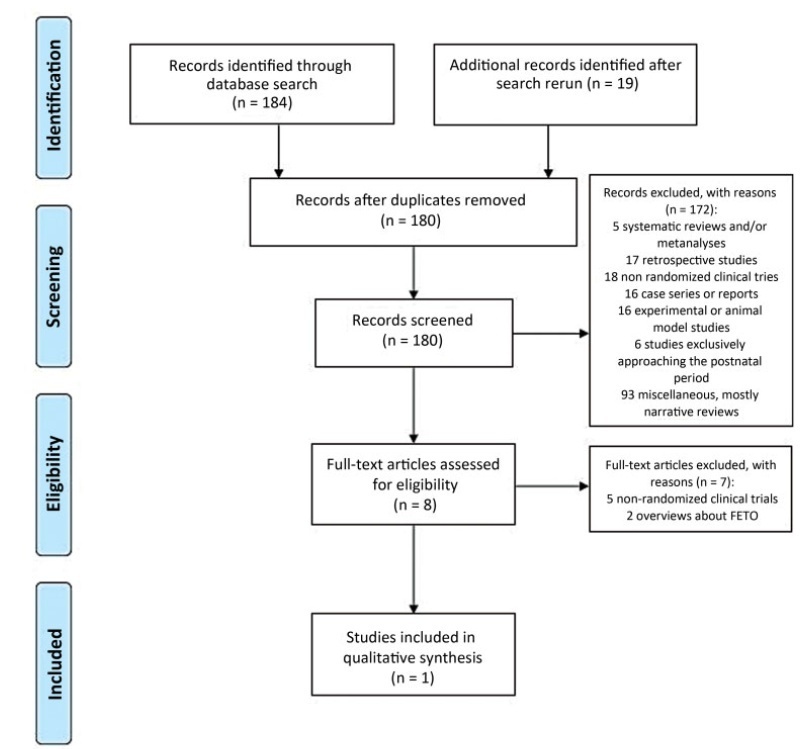
Summary
Revista Brasileira de Ginecologia e Obstetrícia. 2022;44(1):67-73
To evaluate the underestimation rate in breast surgical biopsy after the diagnosis of radial scar/complex sclerosing lesion through percutaneous biopsy.
A systematic review was performed following the Preferred Reporting Items for Systematic Reviews and Meta-Analyses (PRISMA) recommendations. The PubMed, SciELO, Cochrane, and Embase databases were consulted, with searches conducted through November 2020, using specific keywords (radial scar OR complex sclerosing lesion, breast cancer, anatomopathological percutaneous biopsy AND/OR surgical biopsy).
Study selection was conducted by two researchers experienced in preparing systematic reviews. The eight selected articles were fully read, and a comparative analysis was performed.
A total of 584 studies was extracted, 8 of which were selected. One of them included women who had undergone a percutaneous biopsy with a histological diagnosis of radial scar/complex sclerosing lesion and subsequently underwent surgical excision; the results were used to assess the underestimation rate of atypical and malignant lesions.
The overall underestimation rate in the 8 studies ranged from 1.3 to 40% and the invasive lesion underestimation rate varied from 0 to 10.5%.
The histopathological diagnosis of a radial scar/complex sclerosing lesion on the breast is not definitive, and it may underestimate atypical andmalignant lesions, which require a different treatment, making surgical excision an important step in diagnostic evaluation.
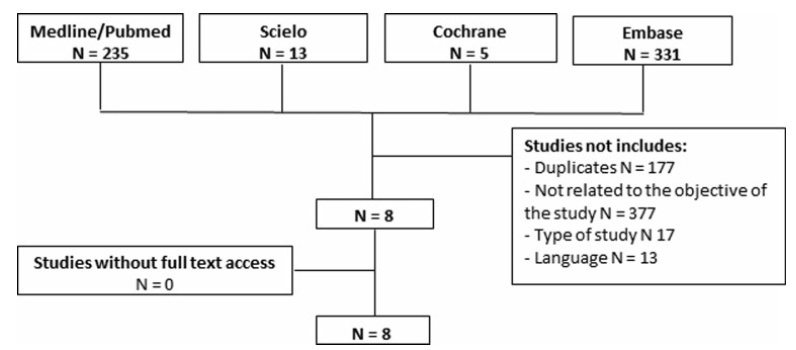
Summary
Revista Brasileira de Ginecologia e Obstetrícia. 2022;44(1):55-66
To summarize the available evidence of TAP Block in efficacy in laparoscopic or robotic hysterectomy.
We searched databases and gray literature for randomized controlled trials in which transversus abdominis plane (TAP) block was compared with placebo or with no treatment in patients who underwent laparoscopic or robot-assisted hysterectomy.
Selection Two researchers independently evaluated the eligibility of the selected articles. Tabulation, Integration, and Results Seven studies were selected, involving 518 patients. Early postoperative pain showed a difference in the mean mean difference (MD): - 1.17 (95% confidence interval [CI]: - 1.87-0.46) in pain scale scores (I2=68%), which was statistically significant in favor of using TAP block, but without clinical relevance; late postoperative pain: DM 0.001 (95%CI: - 0.43-0.44; I2=69%); opioid requirement: DM 0.36 (95%CI: - 0.94-1.68; I2=80%); and incidence of nausea and vomiting with a difference of 95%CI=- 0.11 (- 0.215-0.006) in favor of TAP.
With moderate strength of evidence, due to the high heterogeneity and imbalance in baseline characteristics among studies, the results indicate that TAP block should not be considered as a clinically relevant analgesic technique to improve postoperative pain in laparoscopic or robotic hysterectomy, despite statistical significance in early postoperative pain scale scores.
